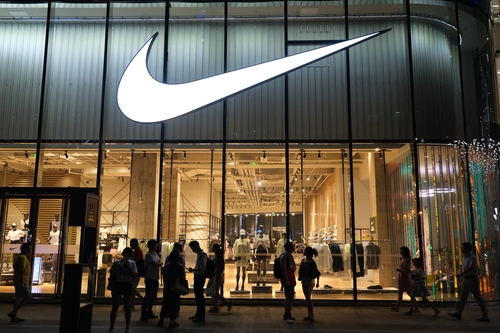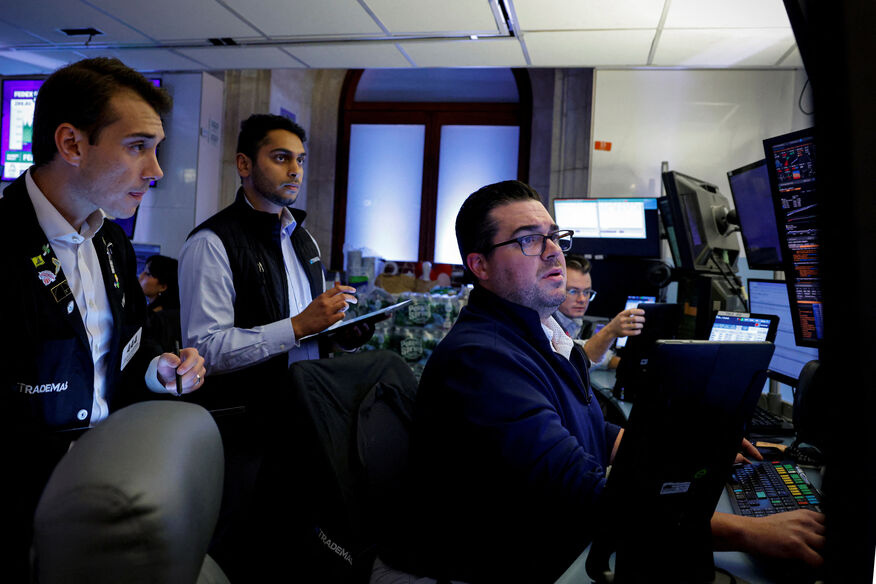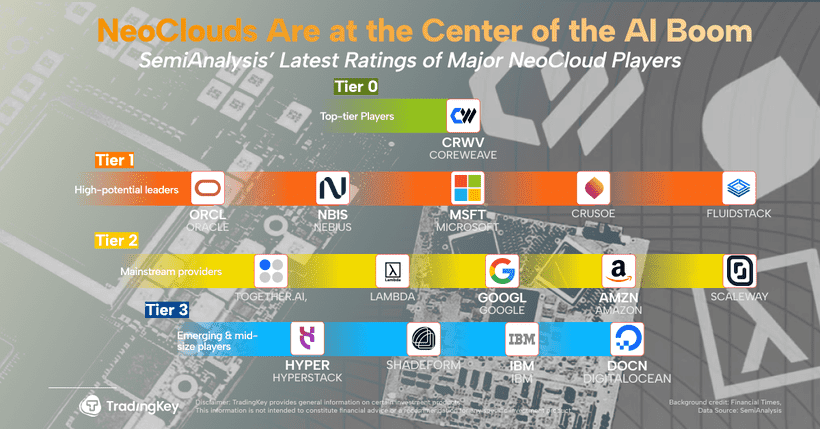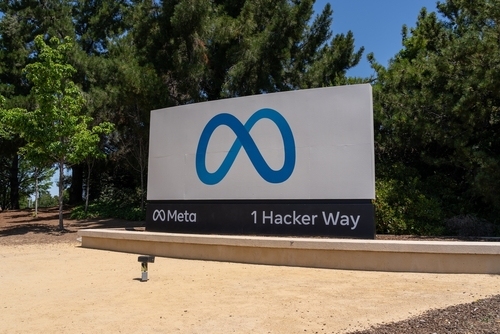Nike (NKE) Earnings Comment: A Pleasant Surprise


TradingKey - Nike reported first-quarter earnings on September 30, as the stock finished up more than 6% on the day after. The stock price is already slightly positive year-to-date and nearly 40% up from this year’s low. The reason behind this positive reaction is that the results are much less bad than expected.

Starting with the revenue, not only was the actual number better than expected, but the growth was positive; this is the first positive growth rate in the top line since Q4 2024. The growth came primarily from apparel (+9%). The main segment of footwear was almost flat (-0.7%).
Additionally, the gross margin was also 42.2%, 70 bps higher than expected, and the EPS was way above ($0.49 vs the expected $0.27).
This can only mean Nike is ahead with the implementation of its "Win Now" turnaround strategy.
In terms of outlook for 2026, the management provided a cautionary guideline with modest revenue growth and more margin headwinds in the first half of the year before normalizing in the latter half.
So, what drove the performance?
The product innovation efforts started to bear fruit, as Nike’s running category saw a 20% year-over-year growth, mainly driven by new product lines. This can also be attributed to redesigned retail formats, such as the House of Innovation stores, showcasing new products and experiences. The SKIMS collaboration with Kim Kardashian (athleisure dresses) is also performing well, and this can be seen in the +9% growth in apparel.
Wholesale is at the forefront
It is worth noting that wholesale revenue went up 5.2% year-over-year, while the direct-to-consumer (DTC) revenue declined went down 4.5% in the same period – this divergence demonstrates how the company moves away from DTC to re-establish its bond with large wholesalers like Footlocker.
Struggles in China
A weak point in the last quarter was the performance of China, with negative growth of 9.2%, a stark contrast with the positive growth in North America and EMEA. This is the opposite of what we saw with Lululemon (weak North American market but strong Chinese market). It appears that Nike needs more time and product innovation to win back the Chinese customer, amid the increased competition from local brands such as Anta and Li-Ning, better fitting the evolving consumer preference for homegrown brands. However, China represents less than 15% of the total revenue; thus, the negative impact here is limited.
Inventory
As for Q1, the inventory stands at $8.3 billion, 2% lower than what we saw in Q1 FY2025 but higher than the previous quarter, most probably due to the seasonal peaking of the inventory in the summer, so they can be prepared for the holidays.
Shareholder returns
The quarterly dividend went up 8% to $0.40 per share, equating to roughly 2.3% annual dividend yield, which is by no means low.
Conclusion
The earnings bring a lot of optimism for the investors, and it is also good that the management stays humble by giving conservative guidance and acknowledging the headwinds. After all, the risks from tariffs and the sluggish economy still remain. However, Nike’s stock price is still more than 50% below its peak back in 2021, and the EPS of $2.16 has plenty of room to grow before it reaches the level of three years ago $3.56.
Nike (NKE): The Plan is Set, Now Wait for the Execution
TradingKey - Nike will report first-quarter earnings on the 30th of September after the market closes. The sportswear giant has been experiencing one of the most challenging times of its existence due to a number of strategic missteps in recent years. The stock price is 60% down from its peak in 2021, and year-to-date, -6%, underperforming the broad market.

From a financial perspective, the expectations for Nike are not high. Analysts expect to see drops in almost every important financial metric, such as revenue, EPS, gross margins and operating income, but this has already been priced in.
As the stock is now a recovery play, the market focus would be on any signs of positive revenue growth and margin expansion in the coming year. Currently, the management has provided rough guidance for the full 2026 financial year of a mid-single-digit decline in revenue and EPS of $1.68 – whether the management decides to revise these numbers, it will certainly make a difference for the stock price.
Other Aspects to Follow
Brand development
The current “Win Now” strategy emphasizes product innovation heavily. With this strategy, Nike wants to return to its sports roots by creating products that can enhance sports performance, whether it is running, basketball or fitness. Nike also wants to re-engage athletes with more brand partnerships, the exact same strategy that makes it a dominant power in the industry. This is the response to the recent intense competition from growing players such as Hoka and On. In the coming earnings, the management may share more on how the recently launched lines, such as Nike Pegasus Premium, Nike Air Max Dn8, and NikeSKIMS are performing. Any other product launches will also be scrutinized.
Return to Wholesale
One of the main reasons for the current Nike troubles was the severed relationship with the wholesalers like Footlocker at the expense of the direct-to-consumer strategy. Now, the new CEO, Elliot Hill, is trying to fix this by re-establishing the connection with the distributing partners. A field study has been done by JP Morgan, indicating that Nike’s product presence at Footlocker has been improving. The same quarter last year, wholesale represented nearly 58% of the total revenue; thus, we expect this number to continue increasing.
Inventory
The most recent financial data shows inventory standing at $7.5 billion, which is a slight step down from the peak in 2023 at $8.5 billion. Investors will observe the inventory direction; if the inventory doesn’t clean up fast enough, it will mean Nike has to implement more aggressive discounts, which will immediately hinder the margin recovery.
China
China has been another challenge for Nike recently. The sports giant faces intense competition from the local players like Anta and Li-Ning. China represents roughly 15% of the total revenue of the company, but the decline in revenue is quite sharp, 9% in the full FY2025. Part of the new "Win Now" strategy is to prioritize localized innovation, just as we saw with the launch of the Nike S.T. Flare basketball shoe, specifically designed for that market.
Conclusion and Risks
On the positive side, we can see a clear action plan for Nike to get back on its feet again with more brand innovation and returning to wholesale, thus many feel hopeful. However, the recovery will probably not come overnight, as we can see from the low forecasts of the analysts. Not only is the recovery path full of uncertainties, but the mixed macro environment and the tariff woes will surely prolong it.








